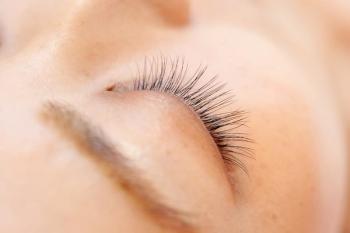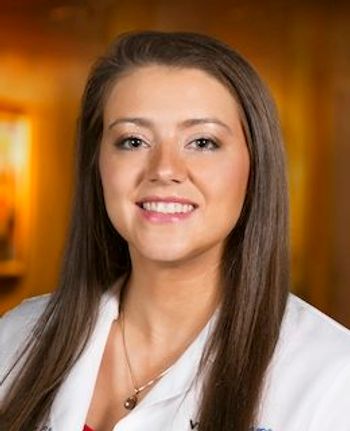
CooperVision’s plastic neutral contact lens bank: 1-year results
In the past 12 months, the program has prevented the equivalent of 28 million plastics bottles from polluting the oceans.
After nearly one year, CooperVision’s plastic neutral contact lens program has had a significant global impact environmentally and socially, the company
In the past 12 months, the program has prevented the equivalent of 28 million plastics bottles from polluting the oceans.
With this expanded scale, the program is expected to prevent the equivalent of nearly 90 million plastic bottles from reaching oceans in 2022—more than three times the amount collected in 2021, according to the release.
Dan McBride, executive vice president and COO of CooperCompanies, said the company is constantly striving to identify novel solutions that not only address key sustainability challenges but also create new opportunities.
“By reexamining our relationship with plastic, we can help protect the world’s oceans and transform waste into a resource,” he said in a statement.
Newsletter
Want more insights like this? Subscribe to Optometry Times and get clinical pearls and practice tips delivered straight to your inbox.


















































.png)


